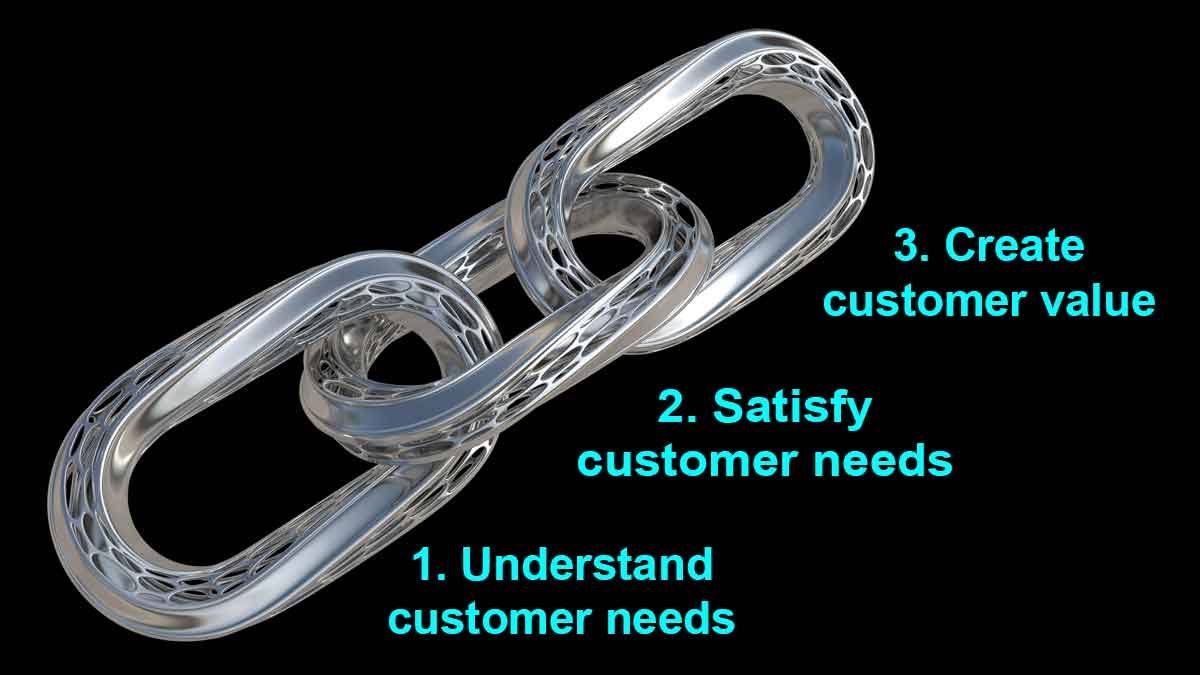The Vitality Index–% of revenue from new products—is the most popular innovation metric today. But the feedback loop is soooo long. Let’s say you implement a new practice in the front-end of innovation, like improved customer interviews. It will take years for those projects to be developed, launched and register significant sales. This is like turning up your thermostat and having the furnace come on. Next week. For more download our white paper, New Innovation Metrics.
More in article, 3 Problems with Innovation Metrics
Here are your choices: 1) quality upgrades, 2) productivity gains, 3) cost cutting, 4) sales training, 5) customer intimacy, 6) global expansion, 7) acquisitions, and 8) market-facing innovation. There’s only one correct answer and it’s #8: market-facing innovation. The others may be fine initiatives, but they won’t deliver growth that is rapid, profitable and (especially) sustainable. Not so sure about that?
More in article, Is it time for a growth capability diagnostic assessment?
Reliable growth boils down to three linked principles. 1) Your company’s only path to profitable, sustainable organic growth is to create customer value. 2) You only create customer value when you satisfy customer needs that were important and unmet. 3) You must first understand customer needs. You cannot efficiently, effectively improve that which you do not fully comprehend. So it’s time to stop thinking about voice-of-customer as just “one more initiative.” It’s much more. It’s the first link in the growth you want.
More in article, Predict the customer’s experience with modeling.
Qualitative customer interviews let you move from ‘guessing’ to ‘understanding’ customer needs. But proper quantitative interviews provide the insight you need to ‘model’ customer needs. This means you can design your new product with confidence… know how to make intelligent tradeoffs… and even understand how customers will react to your product without seeing a prototype. This works only for B2B and will someday be a common practice. But it’s uncommon today… and a profound competitive advantage.
See how in the article, B2B Customer Needs: Predict the customer’s experience with modeling.




